Wrocław 2024-10-07
Diesel Locomotive FPS SU4220-003.
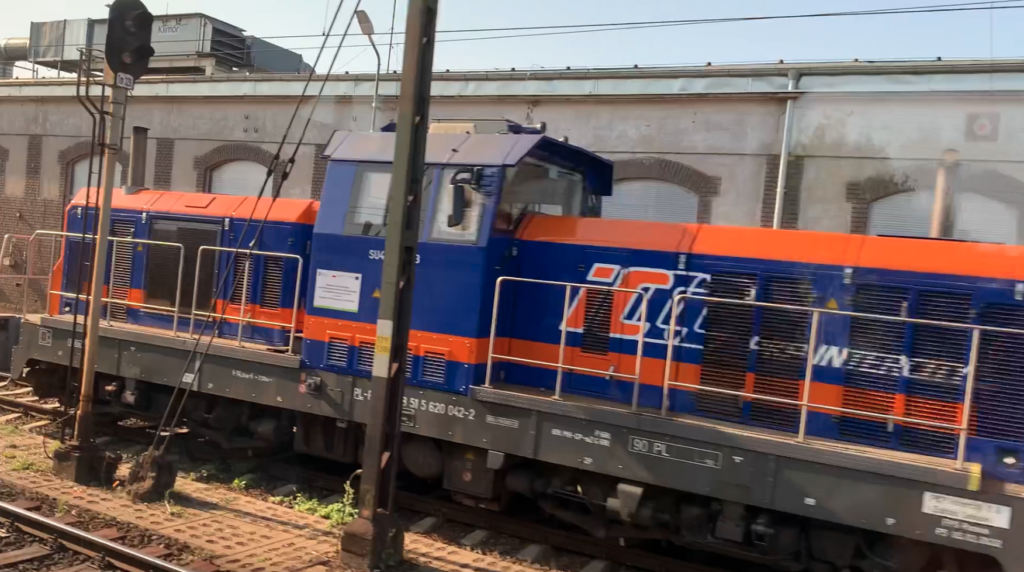
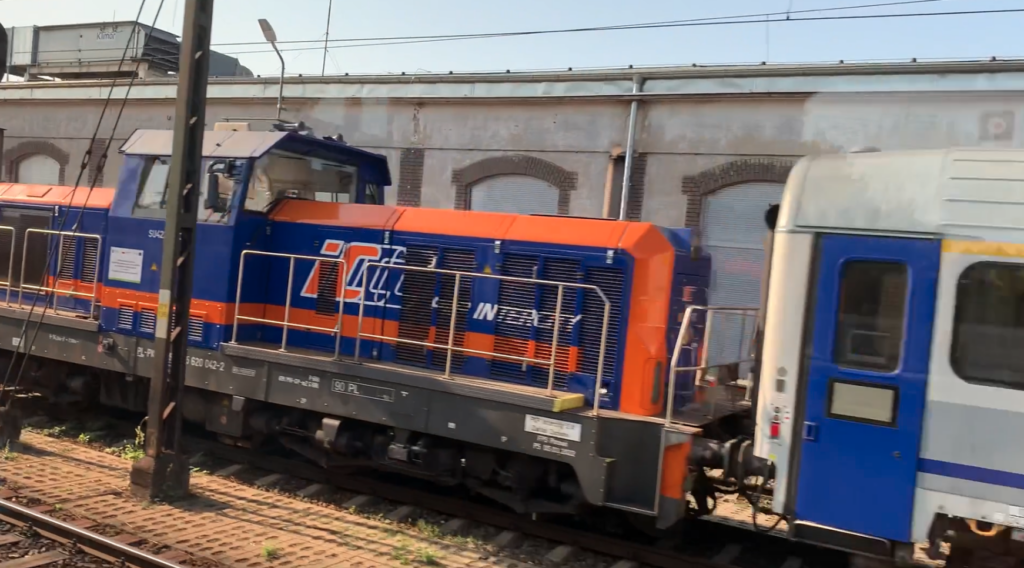
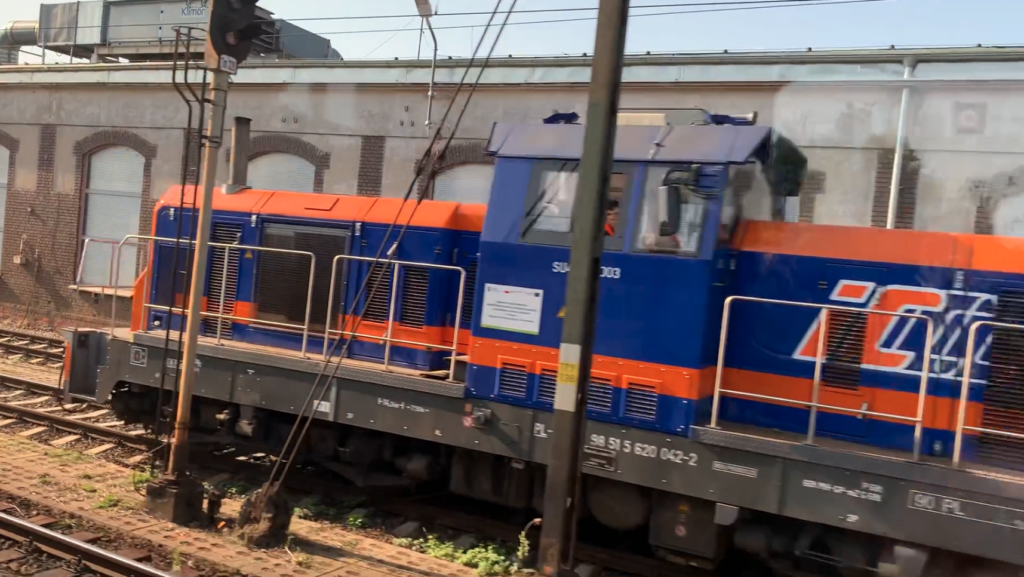
The SU4220-003 diesel locomotive is a deep modernization of the SM42 locomotive from FabLok. This type of modernization is performed by the NEWAG plant in Nowy Sącz and FPS – Fabryka Pojazdów Szynowych Hipolit Cegielski in Poznań. In Nowy Sącz, ten locomotives were converted, which were ultimately designated SU4210. In Poznań, thirteen locomotives were converted, which were ultimately designated SU4220. The locomotives are similar to each other, but they are not identical. Their equipment is different and their detailed parameters differ. The SU4210 locomotives were manufactured for PKP InterCity and operate trains on wire-free routes, including TLK 58110 “Bory Tucholskie”. Locomotives from Poznań were also directed to long-distance routes. For example, the TLK 65100 “Kormoran” train from Polanica Zdrój to Olsztyn Główny. SU4220 locomotives operate in Poznań (5 units), Warsaw (3 units), Gdynia (4 units), Kraków (1 unit). SU4220 locomotives were manufactured in 2021-2022.
The first SM4220-001 locomotive was built at the Rail Vehicle Factory in Poznań on April 13, 2021. After modernization, the locomotive was marked SM42-033, and finally SU4220-001. Number 98 51 5 620 040-6, was manufactured in 1967, Factory number 6D-7449/1967.
Locomotive SU4220-003. The original diesel locomotive type 6D-7569/1967, was built in Chrzanów in 1967. The conversion was carried out at the Rail Vehicle Factory in Poznań, on April 13, 2021. The vehicle received No. 98 515 620 042-2 (PL-PKPIC). After modernization, the locomotive has the designation SU4220-003.
The history of the modernization of SM42 locomotives.
In June 2019, PKP InterCity resolved the tender for major repairs combined with modernization for 13 SM42 series diesel locomotives. The contractor was the H. Cegielski Rail Vehicles Factory in Poznań. The project assumed the use of only the underframe and bogies with wheel sets and traction motors from the original locomotive. The body was designed completely from scratch. The driver’s cab was located centrally in the middle of the vehicle, which was called the kiosk. The engine compartments are much lower, which guarantees good visibility from the cab. It was decided to install two smaller diesel engines, with main generators, instead of one larger engine. This solution allows for more economical operation of the vehicle. The SU4210 locomotive from NEWAG was developed in the same way.
In Poznań, as early as the 1990s, projects for dual-unit vehicles were created. The initiator and co-designer of such modernization was “Huta Częstochowa” and its diesel locomotives were rebuilt. Two generator sets from the 401Da locomotive (SM31, SM32) were used in them, each with a power of 257 kW, which in total gave less power than the original a8C22 engine, but allowed for better management of traction power and, as a result, fuel savings. Externally, the locomotive did not differ much. Only additional exhaust channels from the second diesel engine, installed closer to the front of the vehicle, and a slightly extended front engine compartment are visible. The shape of the barriers was changed, at the rear engine compartment, similarly to SP42. In the period 1999 – 2002, 7 diesel locomotives were rebuilt in this way.
The a8C22 engine is a Polish diesel engine from the C22 family, a version of the prototype 8C22 engine for SM42 diesel locomotives, and later the a8C22W version for SM31 and SM32 locomotives. The engine was designed at the Central Design Office for Combustion Engines (CBKSS). In 1967, the engine was put into series production at the Hipolit Cegielski Metal Works in Poznań. It is an eight-cylinder V engine, with a 50-degree angle of the fork, with a turbocharger. The engine has a capacity of 81,600 cm3. The a8C22W version had increased power due to the use of an intercooler. Two prototype 12-cylinder 12C22W engines were also created, intended for use in SU45 linear locomotives. However, they were not put into series production. The reason was a non-technical decision to purchase a Fiat 2112SSF engine license. The locomotive with the 12C22W engine was designated SU45-001 (factory designation 301D-001/1965). The locomotive was tested until around 1976 and was put away on the premises of the HCP plant, where it was scrapped after many years.
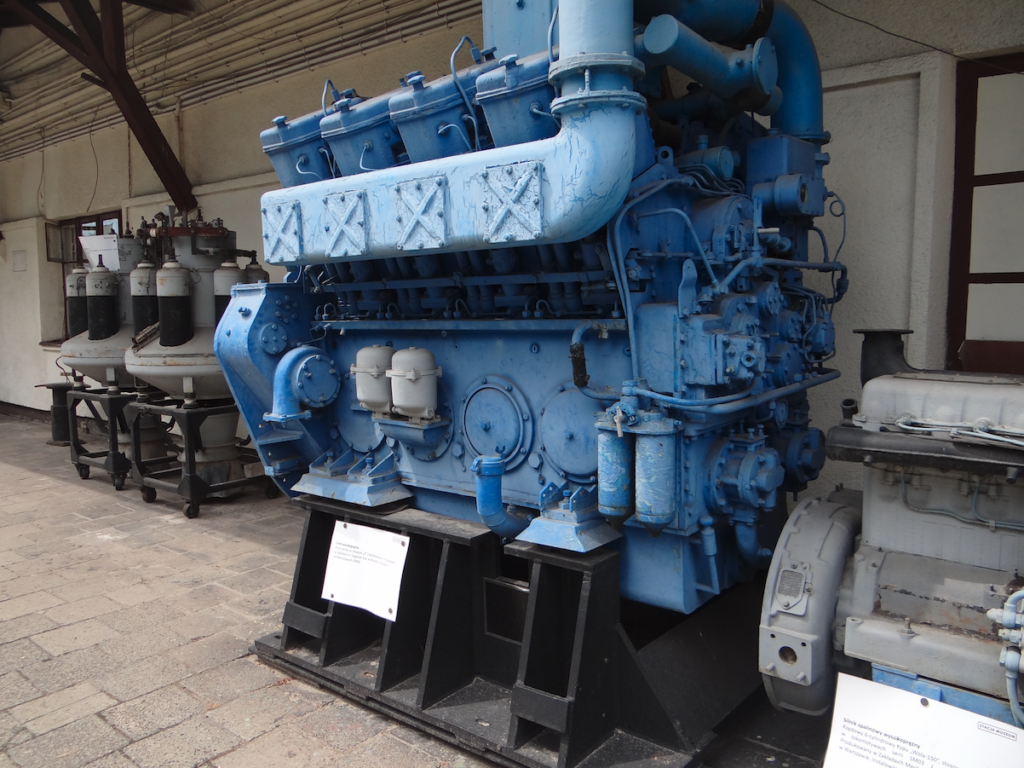
In 2010, PESA Bydgoszcz, together with IPS Poznań (Rail Vehicles Institute) and CZ LOKO a.s. began implementing the SM42 modernization project for PKP Cargo. The locomotive was named type 6Dk (the original SM42 series was type 6D). In this version, the driver’s cabin was placed centrally between two engine compartments, in which two identical engine units were installed, along with generators: main, auxiliary and with a screw air compressor. The power of the vehicle is 2 x 403 kW. The vehicle basically uses one combustion engine. When the demand for power increases, the second engine is automatically started. Five locomotives were rebuilt for PKP Cargo in this way, which received the SM42 designation and new inventory numbers 1601 – 1605. In 2012, another copy was rebuilt for Majkoltrans.
In 2013, at the request of PKP InterCity, NEWAG prepared a project for the modernization of the SM42 in a two-unit version, which received the type 6Dl designation. Here, too, the driver’s cabin was moved to the center of the frame, symmetrically placing two generating sets with 2 x 563 kW engines on both sides. The higher power of the engines than in the vehicle from PESA resulted from the fact that the NEWAG vehicle was equipped with a 3 kV generator, which allows for powering the passenger car set; heating, air conditioning and 230 V sockets. When powering the set, one combustion engine drives the traction generator, and the other drives the generator powering the set. When there is no need to power the set, both engines can generate energy for traction purposes. The vehicles were designated SU42 and given inventory numbers 1001 – 1010. They were later designated SU4210.
We must write that Polish products have very bad press. Bad, because most of the press in Poland is in Germanic, communist and Masonic hands. Every minor failure of a locomotive is blown out of proportion. Even a small smoke, the Freemasons transform into a fire and ashes. This was the case on February 14, 2022, when the SU4220-002 type locomotive, transferred to the user PKP InterCity on January 19, 2022, leading the IC Hetman train on the Lublin – Zielona Góra route, through Żagań and Żary, had a failure. The Freemasons wrote about a fire in the locomotive. The information was exaggerated. The locomotive underwent an inspection at the manufacturer’s service, the FPS company. The failure was repaired and the locomotive returned to work. The Freemasons wrote that the vehicle caught fire between Wrocław Leśnica and Miękinia, on the route towards Legnica. The information about the fire was denied by Ms. Agnieszka Serbeńska from PKP InterCity, but she confirmed the failure: “There was no fire on February 14. On that day, there was a failure of the SU4220-002 series locomotive, which was caused by damage to the contactor, which resulted in the appearance of rising smoke. The cause of the failure will be determined by the manufacturer’s service. Currently, the FPS service is replacing the contactor and the locomotive will be restored to service soon,” Ms. Agnieszka Serbeńska told us.
We must remember that Zjednoczona Prawicą started the fight against the social exclusion of many small towns, where railway tracks reach, but which do not have electric traction. In such a situation, it turned out that there was a lack of diesel rolling stock. The SU45 and SU46 locomotives have already been withdrawn and scrapped. SP42 was not modernized. FabLok was closed. And so on and so forth.
Written by Karol Placha Hetman
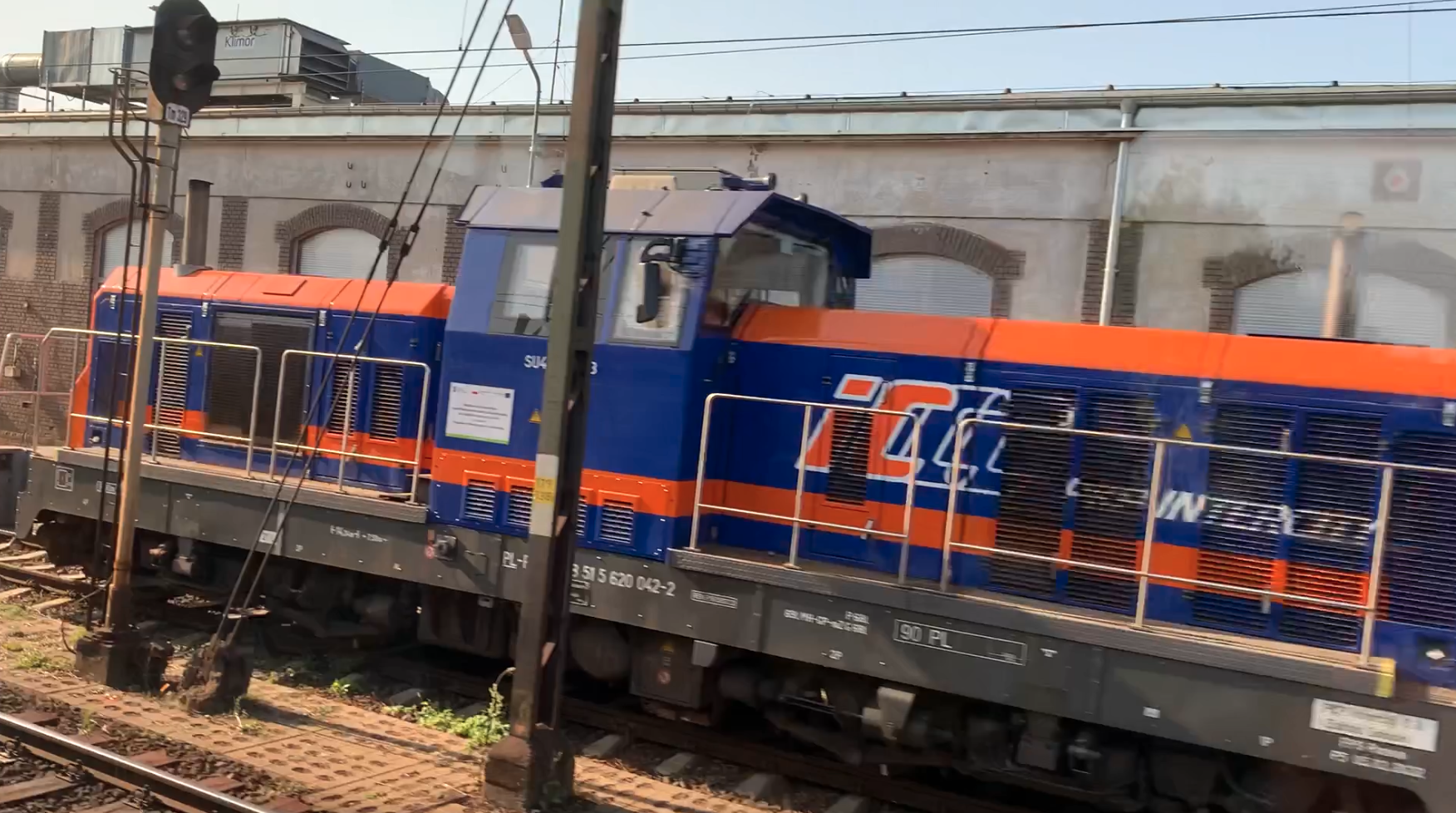
Leave a Reply
You must be logged in to post a comment.